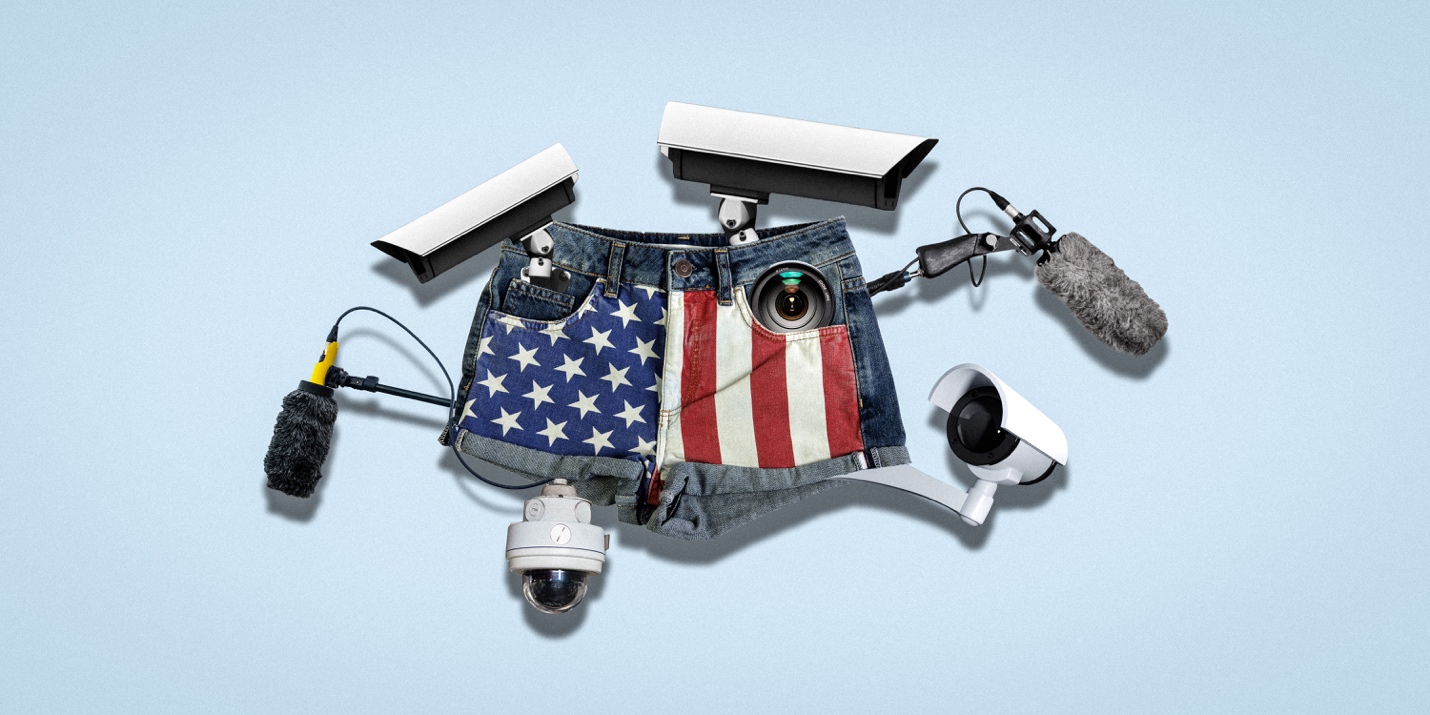
In 1921, just after the Russian Revolution, Yevgeny Zamyatin published a dystopian science fiction novel, We, in which a spacecraft engineer lives in a futuristic city made of glass enabling government authorities to track everything that people do at every moment of the day.

The novel influenced George Orwell and Aldous Huxley who wrote prophetic warnings about state surveillance and totalitarianism in Nineteen Eighty-Four (1949) and Brave New World (1932).
Slowly but surely the Pentagon and U.S. intelligence agencies are helping to transform Zamyatin’s worst nightmare into reality—albeit with a twist. Rather than having to build cities full of glass, they have perfected development of sophisticated computer technologies that allow them to spy on everyone without the people knowing when they are doing it.
In late August, the Intelligence Advanced Research Projects Activity (IARPA), the research and development arm of the Office of the Director of National Intelligence (DNI), launched a $22 million program designed to develop computerized clothing, including spy underwear fitted with cameras, sensors and microphones capable of recording audio, video and geolocation data.
According to the Office of the DNI, the newly developed eTextile technology, ideally could assist personnel and first responders in dangerous, high-stress environments, such as crime scenes and arms control inspections without impeding their ability to swiftly and safely operate.[1]
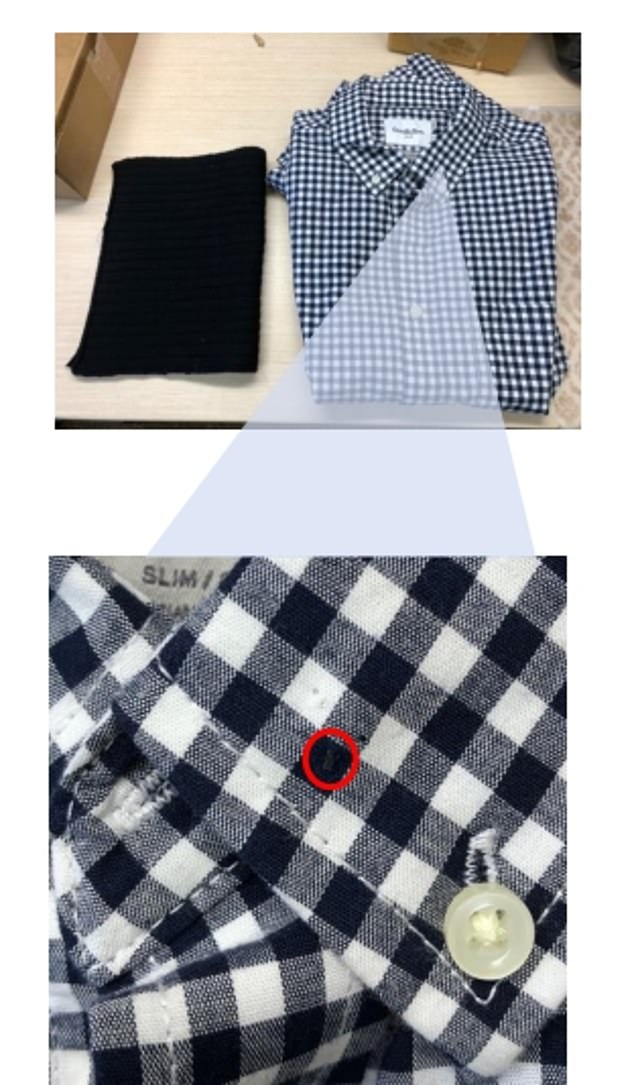
The new technology, however, brings with it a serious dark side, giving the government the ability to insidiously spy on everyone all the time—without them ever knowing it. Journalist Annie Jacobsen told The Intercept that the intelligence agencies “want to know more about you than you.”

Frighteningly, this knowledge could include intimate physical details if the implanted spy cameras are ones that can see through clothing—as many are capable of doing.
Betrayal of Academic Mission
One of the entities receiving funding for development of the spy clothing is the Massachusetts Institute of Technology (MIT), whose faculty has also been involved in the creation of insect-sized drones, and a body-armor suit giving soldiers powers straight out of a Marvel comic.[2]
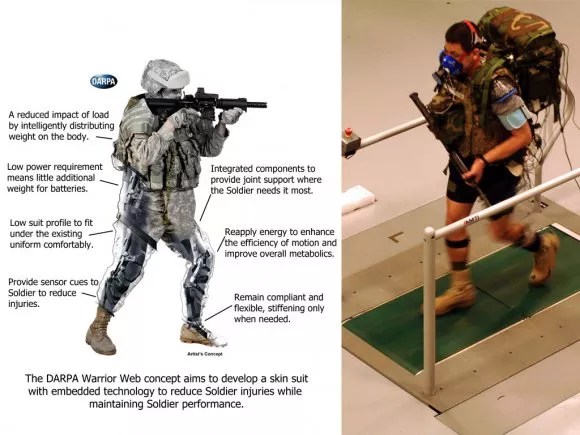
Known as the “Pentagon on the Charles,” MIT’s close ties to the Pentagon and CIA go back to at least World War II, when MIT’s former Vice President and Dean of Engineering, Vannevar Bush, a founder of Raytheon Corporation, headed the Office of Scientific Research and Development (OSRD) which oversaw the Manhattan Project.[3]

After the Vietnam War broke out, Students for a Democratic Society (SDS) led sit-in demonstrations at MIT’s Draper and Lincoln Labs, which worked on guided and anti-missile missiles in contracts with Raytheon, and guiding “smart bombs” and navigation systems used to stabilize the flight of helicopter gunships and later of cruise missiles and drones.
Student activist Joel Feigenbaum urged MIT’s students to perceive the connection between “our sparkling, expensive laboratories and the instruments of death produced by the fellow next door.”[4]

Few appear to be making such a connection today as no protests have been reported outside the lab where the new spy underwear will be developed, even though the underwear is a harbinger of a dark future once envisioned only in science fiction.
In the Shadow of America’s Moriarty
One man who would be proud to participate in the IARPA’s latest pet project if he were alive is Dr. Stanley Lovell, a Harvard research scientist and director of Raytheon Corporation who headed the Research and Development Branch of the Office of Strategic Services (OSS) during World War II.
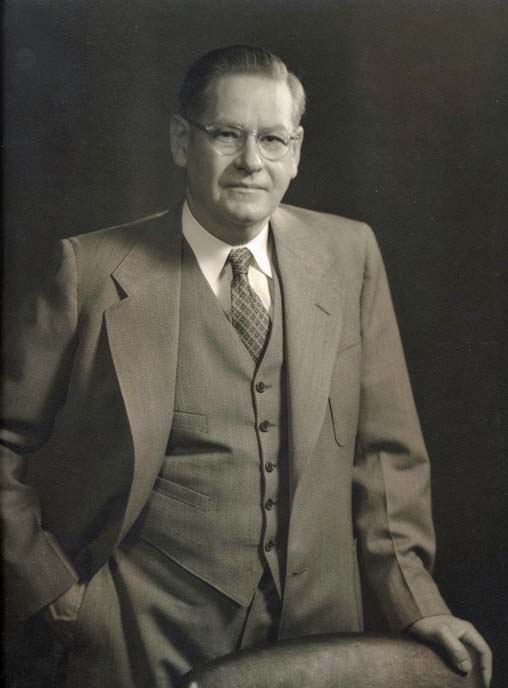
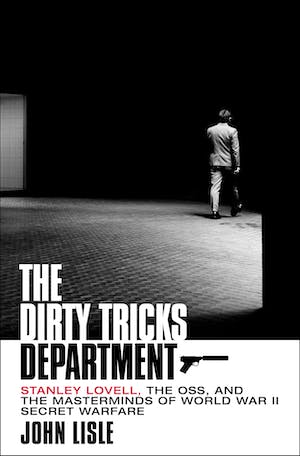
Believing that his job was to “stimulate the Peck’s Bad Boy beneath the surface of every American scientist and to say to him ‘throw all your normal law-abiding concepts out the window,’” Lovell oversaw the development of an impressive array of spy gadgets by his “cloak and dagger boys” that helped the U.S. defeat the Nazis and Japanese.[5]
These gadgets included a 16mm Kodak camera in the shape of a matchbox—a direct precursor to the spy underwear—along with a) incendiary candles (known as “the Harvard candle”), flour and a bat bomb; b) a gait-altering device that gave agents a decisive limp as part of a disguise; c) tasteless poisons; and d) train-derailing equipment.[6]

Lovell had been told by OSS Director William Donovan to become like Professor Moriarty, the fictional nemesis of Sherlock Holmes, whom Holmes in the short story “The Final Problem” calls “the Napoleon of Crime” and “someone with hereditary tendencies of the most diabolical kind.”[7]

In the context of World War II, the dark humor seems comical and largly innocent.
However, there is nothing funny about the devious concoctions of America’s modern-day Moriartys being used to create a surveillance apparatus that goes beyond even what George Orwell imagined and that aids in killing people anywhere on Earth using robotic machines.

-
SMART ePANTS Program Manager Dr. Dawson Cagle said that, “as a former weapons inspector myself [in Iraq], I know how much hand-carried electronics can interfere with my situational awareness at inspection sites. In unknown environments, I’d rather have my hands free to grab ladders and handrails more firmly and keep from hitting my head than holding some device.” ↑
-
The major R&D contract for the spy underwear project, totaling $11.6 million, was awarded to Nautilus Defense LLC of Pawtucket, Rhode Island, which specializes in the development of satellite and maritime surveillance systems. Leidos of Reston, Virginia, also received a $10.8 million contract. Leidos, founded by J. Robert Beyster, a nuclear physicist who worked at Los Alomos where the atomic bomb was developed, was formerly known as Science Applications International Corporation (SAIC), which two decades ago set up a media service in Iraq that served as a mouthpiece of the Pentagon. It has long had close ties to U.S. intelligence agencies. ↑
-
See G. Pascal Zachary, Endless Frontier: Vannevar Bush, Engineer of the American Century (New York: Free Press, 1997). ↑
-
Kelly Moore, Disrupting Science: Social Movements, American Scientists, and the Politics of the Military, 1945-1975 (Princeton, NJ: Princeton University Press, 2008), 144. See also Michael Albert, Remembering Tomorrow: From SDS to Life After Capitalism—a Memoir (New York: Seven Stories Press, 2006). ↑
-
Stanley P. Lovell, Of Spies and Stratagems (Englewood Cliffs, NJ: Prentice-Hall, 1963), 40; John Lisle, The Dirty Tricks Department: Stanley Lovell, the OSS, and the Masterminds of World War II Secret Warfare (New York: St. Martin’s Press, 2023). ↑
-
Lovell, Of Spies and Stratagems; Lisle, The Dirty Tricks Department, 26. ↑
-
Lisle, The Dirty Tricks Department, 25. ↑
CovertAction Magazine is made possible by subscriptions, orders and donations from readers like you.
Blow the Whistle on U.S. Imperialism
Click the whistle and donate
When you donate to CovertAction Magazine, you are supporting investigative journalism. Your contributions go directly to supporting the development, production, editing, and dissemination of the Magazine.
CovertAction Magazine does not receive corporate or government sponsorship. Yet, we hold a steadfast commitment to providing compensation for writers, editorial and technical support. Your support helps facilitate this compensation as well as increase the caliber of this work.
Please make a donation by clicking on the donate logo above and enter the amount and your credit or debit card information.
CovertAction Institute, Inc. (CAI) is a 501(c)(3) non-profit organization and your gift is tax-deductible for federal income purposes. CAI’s tax-exempt ID number is 87-2461683.
We sincerely thank you for your support.
Disclaimer: The contents of this article are the sole responsibility of the author(s). CovertAction Institute, Inc. (CAI), including its Board of Directors (BD), Editorial Board (EB), Advisory Board (AB), staff, volunteers and its projects (including CovertAction Magazine) are not responsible for any inaccurate or incorrect statement in this article. This article also does not necessarily represent the views the BD, the EB, the AB, staff, volunteers, or any members of its projects.
Differing viewpoints: CAM publishes articles with differing viewpoints in an effort to nurture vibrant debate and thoughtful critical analysis. Feel free to comment on the articles in the comment section and/or send your letters to the Editors, which we will publish in the Letters column.
Copyrighted Material: This web site may contain copyrighted material the use of which has not always been specifically authorized by the copyright owner. As a not-for-profit charitable organization incorporated in the State of New York, we are making such material available in an effort to advance the understanding of humanity’s problems and hopefully to help find solutions for those problems. We believe this constitutes a ‘fair use’ of any such copyrighted material as provided for in section 107 of the US Copyright Law. You can read more about ‘fair use’ and US Copyright Law at the Legal Information Institute of Cornell Law School.
Republishing: CovertAction Magazine (CAM) grants permission to cross-post CAM articles on not-for-profit community internet sites as long as the source is acknowledged together with a hyperlink to the original CovertAction Magazine article. Also, kindly let us know at info@CovertActionMagazine.com. For publication of CAM articles in print or other forms including commercial internet sites, contact: info@CovertActionMagazine.com.
By using this site, you agree to these terms above.
About the Author

Jeremy Kuzmarov holds a Ph.D. in American history from Brandeis University and has taught at numerous colleges across the United States. He is regularly sought out as an expert on U.S. history and politics for radio and TV programs and co-hosts a radio show on New York Public Radio and on Progressive Radio News Network called “Uncontrolled Opposition.”
He is Managing Editor of CovertAction Magazine and is the author of six books on U.S. foreign policy, including Obama’s Unending Wars (Clarity Press, 2019), The Russians Are Coming, Again, with John Marciano (Monthly Review Press, 2018), Warmonger. How Clinton’s Malign Foreign Policy Launched the U.S. Trajectory From Bush II to Biden (Clarity Press, 2023); and with Dan Kovalik, Syria: Anatomy of Regime Change (Baraka Books, 2025).
Besides these books, Kuzmarov has published hundreds of articles and contributed to numerous edited volumes, including one in the prestigious Oxford History of Counterinsurgency .
He can be reached at jkuzmarov2@gmail.com and found on substack here.

